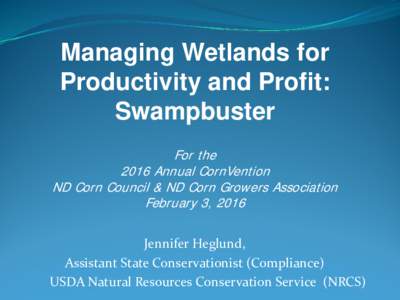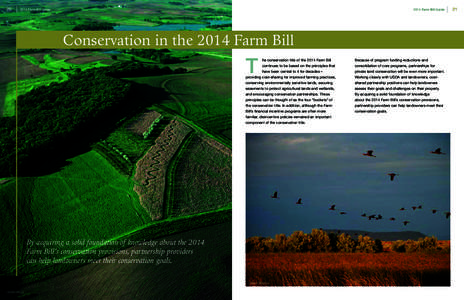1 | Add to Reading ListSource URL: www.ndcorn.orgLanguage: English - Date: 2016-02-08 11:52:29
|
|---|
2 | Add to Reading ListSource URL: amjv.orgLanguage: English - Date: 2015-04-22 11:00:30
|
|---|
3 | Add to Reading ListSource URL: www.bwsr.state.mn.usLanguage: English - Date: 2015-02-25 15:13:50
|
|---|
4![RECOMMENDED FOR FULL-TEXT PUBLICATION Pursuant to Sixth Circuit I.O.P[removed]b) File Name: 15a0058p.06 UNITED STATES COURT OF APPEALS FOR THE SIXTH CIRCUIT RECOMMENDED FOR FULL-TEXT PUBLICATION Pursuant to Sixth Circuit I.O.P[removed]b) File Name: 15a0058p.06 UNITED STATES COURT OF APPEALS FOR THE SIXTH CIRCUIT](https://www.pdfsearch.io/img/93b50770072a03074c6b295db21e030c.jpg) | Add to Reading ListSource URL: www.ca6.uscourts.govLanguage: English - Date: 2015-04-01 10:15:05
|
|---|
5 | Add to Reading ListSource URL: ers.usda.govLanguage: English - Date: 2012-10-15 14:20:32
|
|---|
6 | Add to Reading ListSource URL: ers.usda.govLanguage: English - Date: 2012-10-15 14:24:42
|
|---|
7 | Add to Reading ListSource URL: ers.usda.govLanguage: English - Date: 2012-10-15 14:21:49
|
|---|
8 | Add to Reading ListSource URL: ers.usda.govLanguage: English - Date: 2012-10-15 14:27:18
|
|---|
9 | Add to Reading ListSource URL: ers.usda.govLanguage: English - Date: 2012-10-15 14:21:13
|
|---|
10 | Add to Reading ListSource URL: ers.usda.govLanguage: English - Date: 2012-10-15 14:18:18
|
|---|